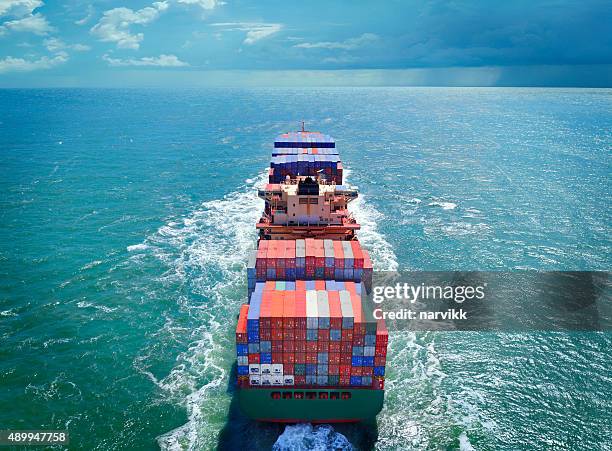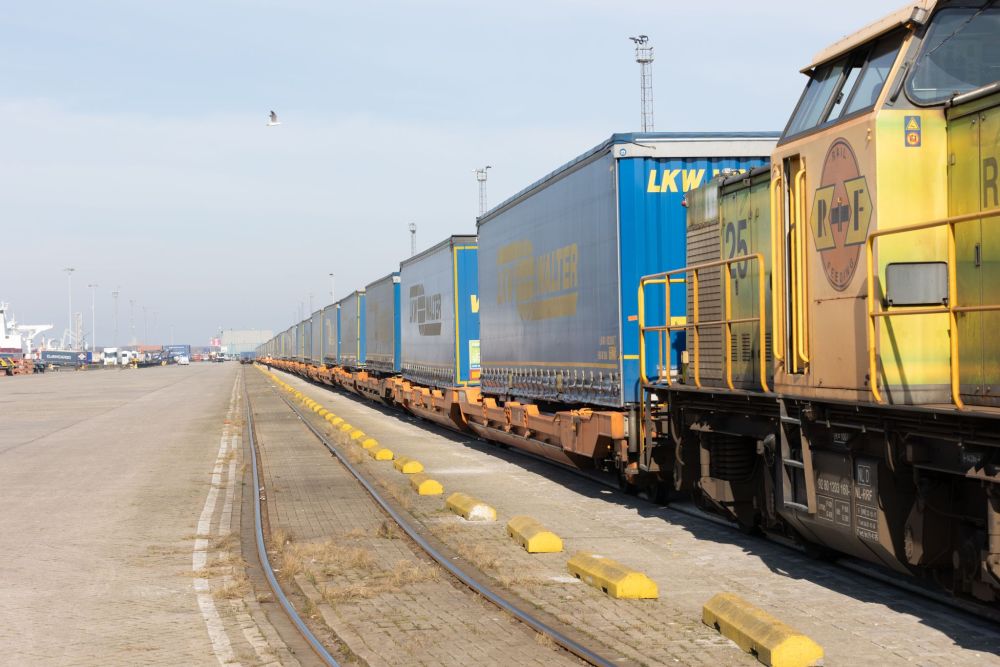- By Della tj
- October 21, 2025
- Customs Brokerage, Shipping
Securing the best customs clearance from China to Italy is essential for importers seeking speed, compliance, and cost efficiency. Without professional guidance, customs delays, incorrect documentation, or tax miscalculations can severely disrupt your supply chain. However, with the right partner, importers can enjoy faster clearance, lower fees, and complete transparency from origin to destination.
Why You Need the Best Customs Clearance from China to Italy
Global trade between China and Italy continues to expand, yet customs clearance remains one of the most complex stages in logistics. Italy’s customs authority, Agenzia delle Dogane e dei Monopoli, enforces strict import regulations aligned with the European Union.
Indeed, each shipment must comply with product standards, labeling laws, and safety certifications. Even a single missing document can delay clearance or result in penalties. Therefore, partnering with a customs expert who understands both Chinese export procedures and Italian import laws ensures a smooth logistics experience.
Moreover, a reliable agent can optimize import costs, manage EORI registration, and help you reclaim VAT faster.
What Documents Are Required for Customs Clearance in Italy?
Proper documentation forms the foundation of efficient clearance. Missing or inconsistent paperwork leads to unnecessary storage fees and inspection delays.
| Document | Purpose | Issued By |
|---|---|---|
| Commercial Invoice | Declares the transaction value | Exporter |
| Packing List | Confirms quantity and weight | Exporter |
| Bill of Lading / Airway Bill | Transport and ownership record | Carrier |
| Certificate of Origin | Verifies product origin | Chinese Chamber of Commerce |
| Import Declaration | Customs entry record | Importer or broker |
| CE Certificate | EU product compliance | Manufacturer |
Additionally, certain goods (like electronics, textiles, or chemicals) require specific import licenses or safety testing reports before clearance.
How Much Does Customs Clearance from China to Italy Cost?
Customs costs vary depending on product type, HS code classification, and total shipment value.
| Cost Component | Description | Average Cost (USD) |
|---|---|---|
| Import Duty | Based on CIF value | 0–12% |
| VAT (IVA) | Applied to total landed cost | 22% |
| Customs Broker Fee | Clearance and documentation | $50–$150 |
| Port Handling | Cargo unloading, inspection | $100–$250 |
| Storage or Demurrage | For delayed clearance | $30–$100 per day |
To illustrate, understanding these costs early helps importers accurately calculate landed cost per unit and plan their budgets effectively.

Real Case Studies: Efficient Customs Clearance in Action
Case 1 – Electronics Equipment (Shenzhen → Milan)
Goods: Smart home devices
Shipping Mode: Sea freight (FCL 20ft)
Transit Time: 29 days
Cost: $2,150 total
Result: Cleared within 36 hours using pre-declared documents and accurate HS coding.
Case 2 – Furniture Import (Guangzhou → Venice)
Goods: Wooden tables and chairs
Shipping Mode: Rail + Truck
Transit Time: 22 days
Cost: $1,850
Result: Smooth customs process thanks to CE certification and correct valuation.
Shipping Method Comparison: Which Works Best for Your Clearance?
Shipping mode affects customs speed, cost, and inspection risk.
| Mode | Transit Time | Average Cost (USD/CBM) | Advantages | Disadvantages |
|---|---|---|---|---|
| Sea Freight | 25–35 days | 60–90 | Cheapest for large cargo | Slower transit |
| Air Freight | 5–8 days | 300–500 | Fastest customs release | Most expensive |
| Rail Freight | 15–20 days | 120–150 | Balanced option | Limited routes |
Moreover, combining rail and truck delivery can reduce both cost and transit time while maintaining customs reliability.
Common Challenges in Customs Clearance and How to Overcome Them
Although modern systems simplify the process, importers still face common issues:
| Challenge | Cause | Solution |
|---|---|---|
| Misclassified HS Codes | Incorrect product category | Verify with licensed broker |
| Missing CE Mark | Non-compliant products | Obtain EU conformity certification |
| VAT Confusion | Lack of EORI/VAT registration | Register early and maintain records |
| Delayed Documentation | Incomplete invoices | Submit electronic copies pre-arrival |
Additionally, using AIDA (Italy’s Automated Import Data Application) helps speed up submissions and avoid manual verification errors.
The Role of Technology in Achieving the Best Customs Clearance
Technology significantly enhances customs efficiency. Indeed, automated systems such as EDI (Electronic Data Interchange) and blockchain tracking now reduce paperwork, improve transparency, and prevent fraud.
Moreover, AI-based customs platforms automatically validate invoices and HS codes, minimizing human errors. For instance, some logistics providers in China use digital clearance platforms integrated with Italian customs databases, cutting approval times by up to 40%.
To summarize, the best customs clearance services rely on automation, real-time data exchange, and predictive analytics to ensure accuracy and speed.
Tips for Choosing the Best Customs Clearance Agent in Italy
Selecting the right agent determines whether your cargo clears smoothly or faces costly delays.
Key selection factors include:
- Proven experience in China–Italy trade routes
- In-depth knowledge of EU import laws and product standards
- Transparent duty and VAT calculation
- Real-time tracking and digital submission support
- Assistance with EORI and VAT registration
On the other hand, inexperienced agents can misclassify goods or omit compliance documents, leading to shipment seizures or fines. Therefore, always verify credentials, client reviews, and service coverage before signing a contract.
Conclusion
Ultimately, the best customs clearance from China to Italy ensures your goods reach their destination swiftly, legally, and cost-effectively. With the right partner, accurate documentation, and proper compliance management, importers can avoid penalties and minimize transit delays.
Moreover, leveraging digital systems and expert brokers enhances visibility, accuracy, and efficiency across your supply chain. To summarize, smooth customs clearance is not just a logistics step—it’s a strategic advantage for any business trading between China and Italy.
Partner with an experienced provider today to enjoy faster, safer, and fully compliant customs handling from start to finish.
- Consult TJ China Freight Forwarding for the lowest quote. They will provide you with reliable, cost-effective service.
FAQ:
Q1.What makes customs clearance from China to Italy “the best”?
Fast documentation processing, precise classification, and full compliance make a customs service the best choice for importers.
Q2.How long does customs clearance usually take in Italy?
Typically, air freight clears within 1–2 days, while sea freight may take 2–4 days depending on inspection.
Q3.Do I need an EORI number for importing from China to Italy?
Yes, all EU importers must register for an EORI number to submit customs declarations legally.
Q4.Can I reduce VAT costs during customs clearance?
Yes, registered companies can reclaim import VAT through Italy’s tax refund process after clearance.
Q5.What are the most common customs issues for new importers?
Misclassified HS codes, missing CE marks, and incomplete invoices cause most delays and extra costs.




